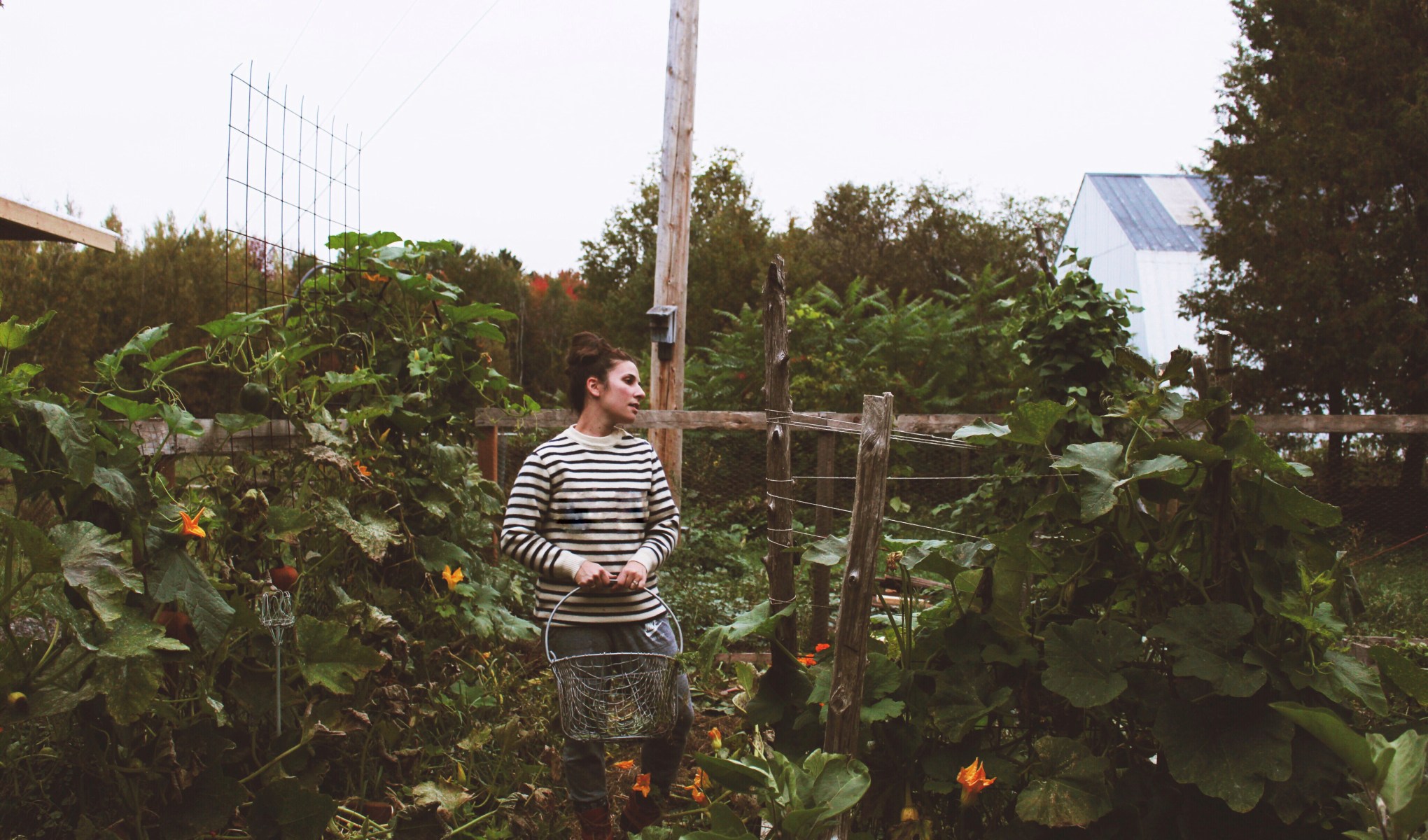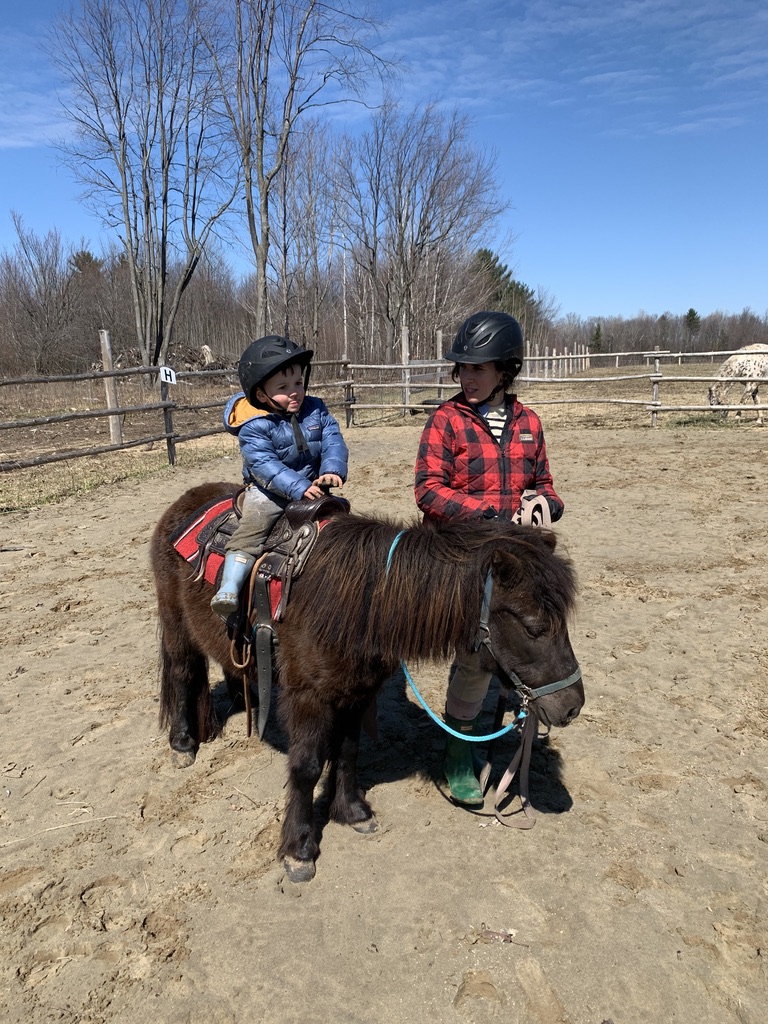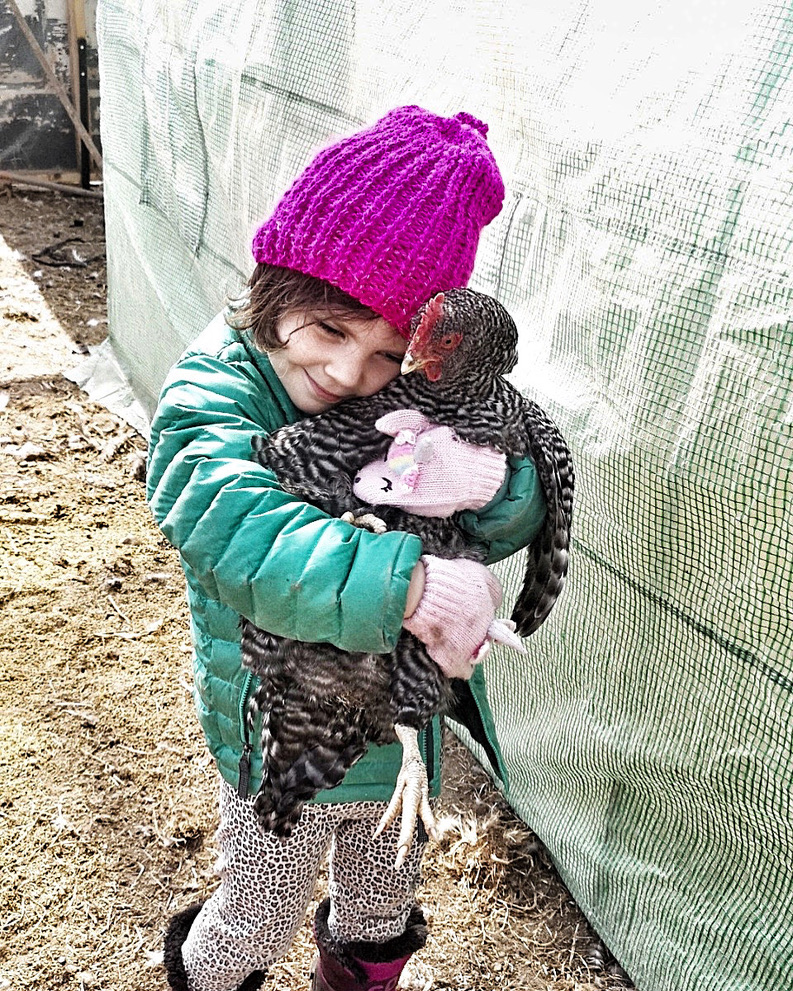
Dealing with Death on the Farm: 5 Books About Death for Children
There’s something else behind the fog, the smoky pictures of a meadow in the morning. Behind the settled portrait of a farmer, sipping on a steamy coffee as the sun rises up behind me.
There’s death. There’s more death than anyone ever told me there would be. It’s not because I’m bad at my job. At least I don’t think so. I care. I try my best to make sure that every creature has everything they need, that they are comfortable. Free as it is possible for them to be.
But still.
Animals die.
We’ve lost two dogs unexpectedly. Another from old age. This morning, there was dead chicken in the coop. A favourite of the children.
I’m going to have to explain it, of course. The children have come to expect that they might lose a chicken here and there, but the stillness in their forms as I relay the news never sits well with me. Because I feel the stillness too. It’s numbing, but not like it used to be—it’s different now.
A bubble of sorrow rose up in my chest when I pulled the chicken out of the coop, resting it in the compost pile (we used to have burials for each and every death, but I’m not sure if that helped). Tears welled up in my eyes and I damn myself for caring about the animal—because the aftermath hurts too much.
But it hurts less each day. Unfortunately, I’ve gotten used to it. Being on the farm is getting me comfortable with the cycle of life. Some lives are long, some are terribly brief. And others fall in the grey space between. But the farmer in me is sitting with it, growing comfortable with being uncomfortable, because this is my job.
It wasn’t in the job description. No one tells you that when you start out.
But it’s there. If you’re going to farm, if you’re going to work with animals in any way, you’re going to have to get comfortable with death and shit and a solid weight pushing on your chest—that you won’t always win, that, in fact, you’re going to lose. A lot.
But that is what makes you made to be here. Your ability to sit in the shade and still see the sun.
As for the children—they haven’t chosen to be comfortable with death. They’ve come to understand it, but only with time and many, many books. We read a lot when we’re trying to deal with anything outside of our current capacity. We do this so that we can grow.
5 Books that have worked well here on the farm when dealing with death:
The Rainbow Bridge (Adrian Raeside): Such a sweet story about a boy that loses his dog, after having grown up with him. It explores the idea of a pet after life, which was comforting for my children. The story is colourful and bright, without leaning too heavy on the finality of death.
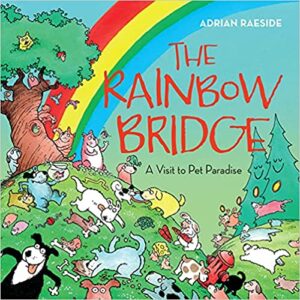
I’ll Always Love You (Hans Wilhelm): Okay, also about dogs, but is a little softer. After the loss of their family pet (Elfie), the young narrator brings his readers through his heavy feelings about the loss of such a loved family member.

The Invisible String (Patrice Karst): A popular line from the book: “Even though you can’t see it with your eyes, you can feel it deep in your heart, and know that you are always connected to the ones you love.” This sweet story follows two siblings as they grow to understand the connection between everyone.
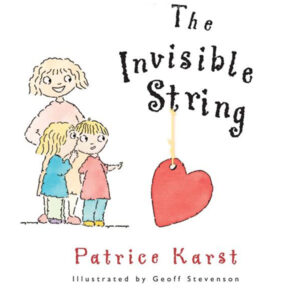
Ida, Always (Caron Levis): Follows the story of two polar bears living at the zoo, Gus and Ida. When Gus loses Ida, the story explores the grief, anger and acceptance that comes with the loss of a loved one, even when you are expecting it.
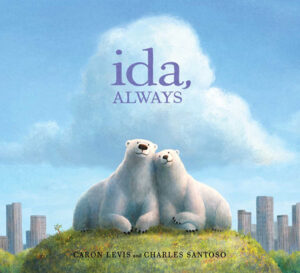
The Dead Bird (Margaret Wise Brown): By same author of the beloved Goodnight Moon, this story is a favourite of mine. A group of children come across a dead bird and proceed to bury it. There is a finality to the story that teaches children about the respect and honour that is due to a life that is lived.
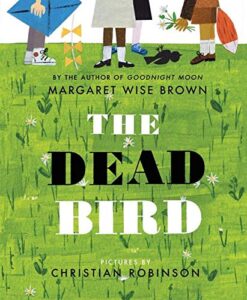
You May Also Like
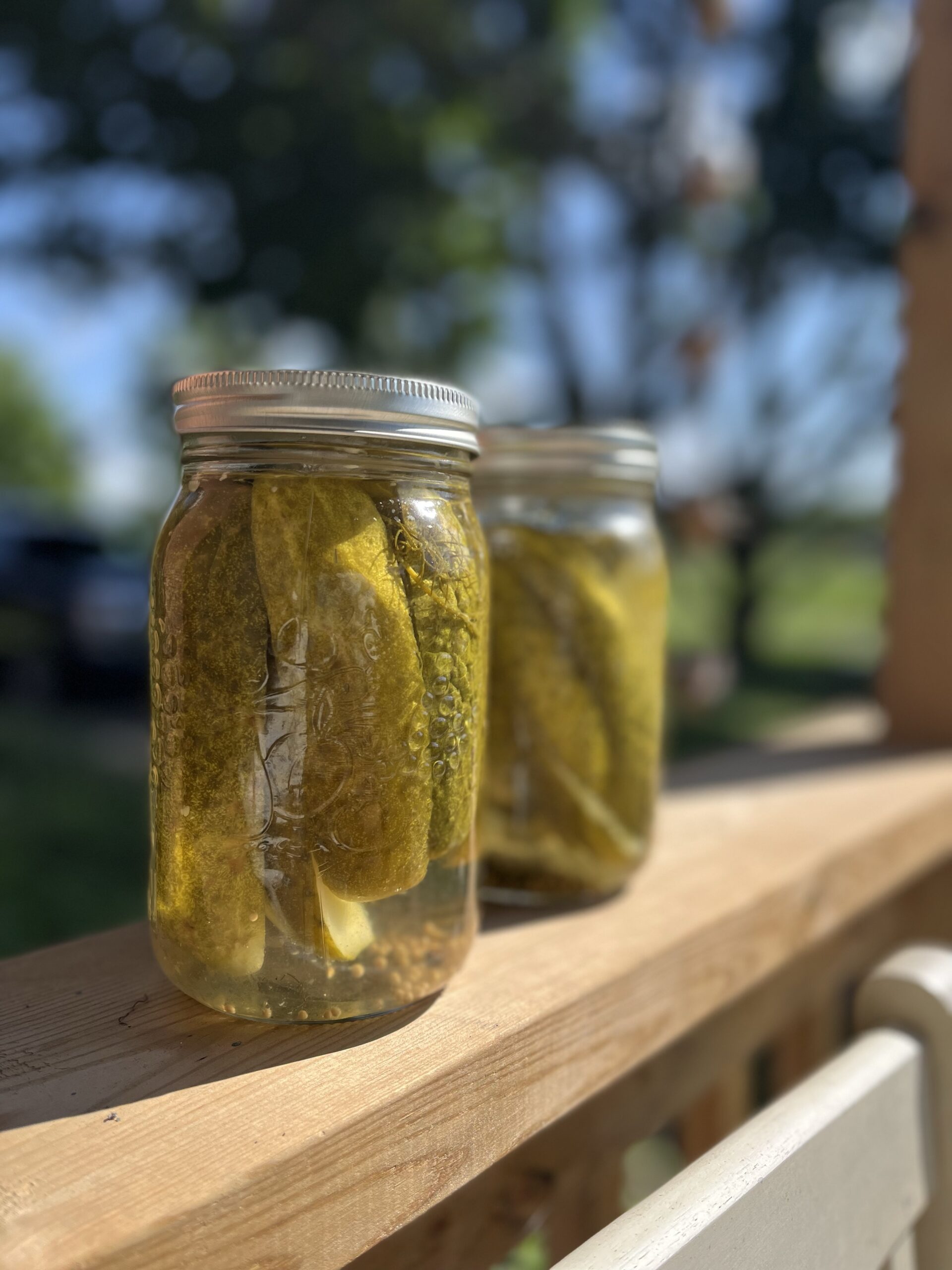
How to Make Simple Dill Pickles
27 July 2022